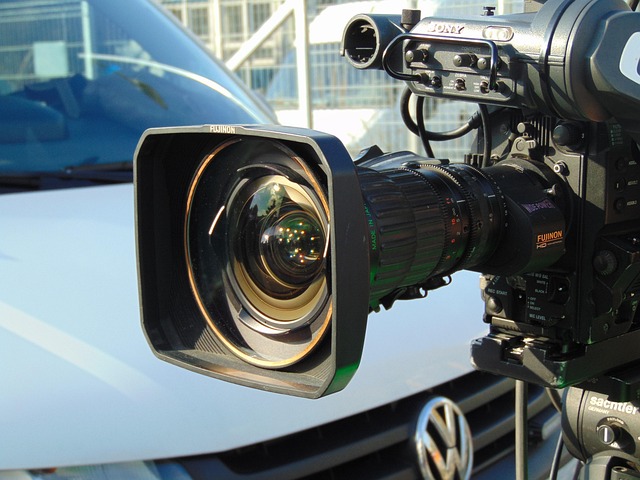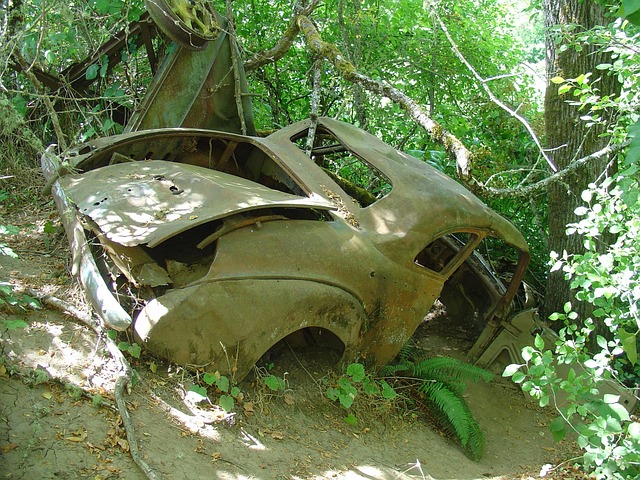Collision coverage is a critical component of auto insurance, protecting drivers from financial losses due to vehicular accidents. It offers repair or replacement for vehicle damage, regardless of liability, but has exclusions like intentional damage and specific events (e.g., rollovers, water damage). Comprehensive and Actual Cash Value (ACV) policies provide different protections: comprehensive covers unforeseen incidents, while ACV focuses on pre-accident value minus depreciation. Factors influencing collision coverage premiums include vehicle age, make/model, safety features, and mechanical issues. Opting for full collision coverage offers peace of mind and financial security, protecting against various unexpected events. When comparing plans, consider deductibles, policy limits, pricing, and real-user reviews to ensure adequate coverage without overspending. Understanding claim filing processes and deductibles is essential for a smooth experience.
Looking for comprehensive car protection? Full Collision Coverage plans offer peace of mind by shielding you from significant financial burdens resulting from accidents. This in-depth guide delves into the intricacies of collision coverage, exploring what it entails, potential exclusions, and its advantages. We break down different plan types, factors influencing premiums, and real-world scenarios where it shines. Additionally, we’ll guide you through the claims process, deductibles, and provide insights from satisfied customers to help you make an informed decision regarding this vital auto insurance component.
Understanding Collision Coverage: What It Covers and Exclusions

Collision coverage is a crucial aspect of auto insurance, designed to protect policyholders from financial burdens arising from vehicular collisions. This type of coverage pays for repairs or replacement of your vehicle if it’s damaged in an accident, regardless of who’s at fault. It covers both major and minor incidents, ensuring peace of mind on the road. However, understanding what Collision Coverage actually encompasses is essential before settling for a plan.
While Collision Coverage offers comprehensive protection, there are certain exclusions to keep in mind. These typically include situations like intentional damage, vandalism, or accidents occurring while the vehicle is being driven under the influence of drugs or alcohol. Additionally, if your vehicle rolls over or suffers extensive water damage, these may not be covered by standard collision policies. Policyholders should carefully review these exceptions to ensure their specific needs are met and understand what’s included in their Collision Coverage plan.
Types of Full Collision Plans: Comprehensive vs. Actual Cash Value

When considering full collision coverage plans, understanding the distinction between Comprehensive and Actual Cash Value (ACV) policies is key. Comprehensive insurance goes above and beyond ACV by covering a wider range of damages, including those caused by events other than accidents, such as natural disasters or theft. This type of policy is ideal for drivers who want complete protection against unexpected incidents.
In contrast, ACV coverage focuses on the actual value of the vehicle at the time of the loss. It pays out based on the car’s pre-accident worth, minus depreciation. While it’s a more straightforward approach, ACV may not fully compensate for total losses or significant repairs, leaving policyholders with out-of-pocket expenses. Thus, drivers should weigh their needs and budget when choosing between these two types of full collision plans.
Factors Influencing Premium: Vehicle Age, Make, Model, and More

When considering a full collision coverage plan for your vehicle, several factors play a crucial role in determining your premium costs. One of the primary influences is the age and condition of your car. Older vehicles often carry higher premiums due to their increased vulnerability to damage and the rising cost of repairs over time. The make and model of your car also significantly impact your collision coverage rates; luxury or sports car models may attract higher premiums because they are more expensive to replace or repair.
Additionally, safety features and overall vehicle build quality can influence insurance rates. Cars with advanced safety systems like anti-lock brakes, airbags, and crash avoidance technology tend to have lower premiums as they reduce the risk of accidents and repair costs. Conversely, vehicles known for frequent mechanical issues or poor structural integrity will likely result in higher collision coverage premiums due to the increased likelihood of damage and more extensive repairs required.
Advantages of Opting for Full Collision Coverage

Opting for full collision coverage can offer several significant advantages that go beyond just financial protection. Firstly, it provides peace of mind, knowing that no matter the unforeseen circumstances—be it a fender bender or a severe accident—your vehicle is insured against substantial repairs or even a total loss. This comfort allows you to focus on recovery and daily life without the added stress of worrying about bills.
Additionally, full collision coverage often includes benefits like rental car reimbursement during the repair process, which can help offset the inconvenience caused by being without your primary mode of transportation. In terms of protection, it also covers instances where another driver is at fault, ensuring you’re not left with a hefty bill for damages to your vehicle. This comprehensive approach to vehicle insurance can make all the difference in managing unexpected events efficiently and with minimal financial strain.
Common Scenarios Where Collision Coverage Becomes Crucial

Collision coverage becomes crucial in various common scenarios, offering protection and peace of mind for drivers. One such scenario involves road accidents caused by icy conditions or poor visibility, leading to collisions with other vehicles, fixed objects, or even animals. In these situations, collision coverage can help pay for repairs not covered by standard liability insurance, which typically focuses on compensating victims of accidents rather than the driver’s vehicle damage.
Another instance is when a driver, despite their best efforts, collides with another vehicle due to sudden lane changes, distracted driving, or other careless actions. Collision coverage kicks in to help repair or replace the damaged vehicles, ensuring drivers aren’t left with significant out-of-pocket expenses. This type of coverage is invaluable for young drivers, who often face higher insurance rates and may be more prone to accidents due to inexperience.
Comparing Collision Coverage with Other Auto Insurance Policies

Collision coverage is a crucial component of auto insurance policies, designed to protect against financial loss in the event of a car accident. It differs from liability coverage, which primarily covers damages caused to others, and comprehensive insurance, which addresses non-collision-related incidents like theft or natural disasters. Understanding these distinctions is essential when comparing collision plans.
When evaluating collision coverage, consider factors such as deductibles, policy limits, and pricing. Different providers offer varying levels of protection, so it’s important to assess your needs and budget accordingly. For instance, a higher deductible may result in lower monthly premiums but requires a greater out-of-pocket expense during a claim. Understanding these trade-offs enables informed decisions, ensuring you secure adequate collision coverage without overspending.
Claims Process: Steps to File a Claim Under Full Collision Coverage

When it comes to filing a claim under your full collision coverage, understanding the process is key to ensuring a smooth and stress-free experience. Here’s a breakdown of the typical steps involved:
1. Notify Your Insurance Provider: As soon as possible after an accident, contact your insurance company to inform them of the incident. Provide details about what happened, including the date, time, location, and any damage to your vehicle. They will guide you through the next steps and offer support during this challenging time.
2. Gather Necessary Information: Collect essential documentation related to the collision, such as police reports, photos of the damaged vehicle, and contact information from other parties involved (if applicable). Your insurance company may also require details about repair estimates or quotes from trusted auto repair shops. Collaborating with your insurance provider will help facilitate a faster claim processing time.
Deductibles and How They Impact Your Out-of-Pocket Expenses

When considering a full collision coverage plan, understanding deductibles is key to gauging your potential out-of-pocket expenses. A deductible is the amount you agree to pay for repairs out of pocket before your insurance kicks in to cover the rest. It acts as a financial threshold, protecting against minor incidents with minimal costs but making significant claims more expensive.
The impact varies based on the severity of the collision and your chosen deductible level. Opting for a lower deductible means you’ll face smaller immediate costs for repairs, but it also translates to higher premiums. Conversely, a higher deductible results in lower monthly payments but requires you to cover a larger portion of repair expenses upfront.
Reviews and Testimonials: Real-Life Experiences with Full Collision Plans

When considering a full collision coverage plan, one of the most valuable resources are reviews and testimonials from real users. These first-hand accounts offer a window into the actual experiences people have had with different insurance providers and their collision coverage policies. Reading about others’ positive outcomes can build trust in choosing the right plan for your needs.
Additionally, negative reviews highlight potential red flags and areas where certain companies might fall short. By analyzing these testimonials, you gain insights into factors like claim processing times, customer service responsiveness, and the overall quality of repairs. This knowledge empowers you to make an informed decision when selecting a collision coverage option that aligns with your expectations and priorities.
